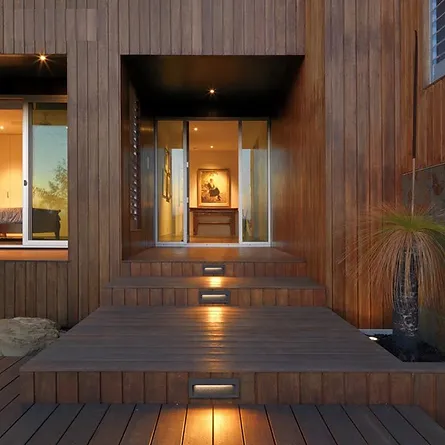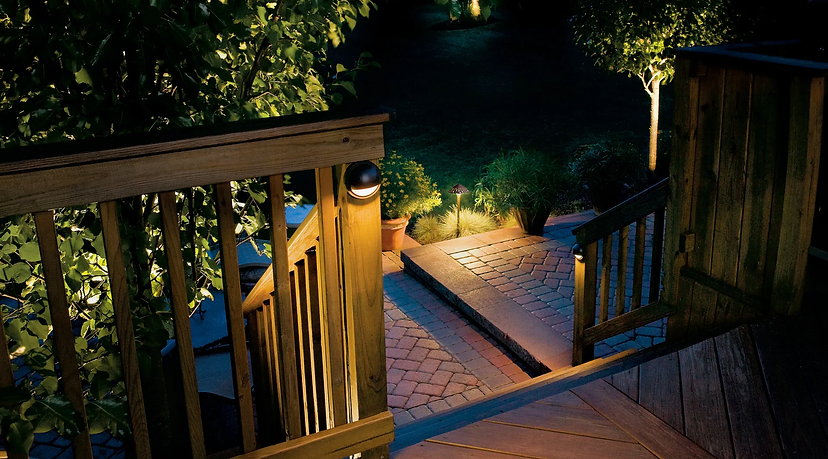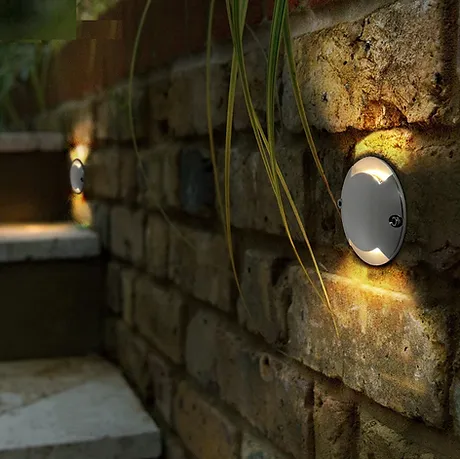Hardscape Lighting Basics

.png)
Have you ever gazed at photos of illuminated hardscapes and wondered if you were capable of taking on such jobs – routing wires through retaining walls and under decks?
You are not alone. There is often an intimidation factor with hardscape lighting, but there is really no reason for it. Hardscape lighting consists mainly of only three applications. If you can handle running underground lines for accent lights in the yard, you can handle hardscape applications too. Hardscape lighting can make the difference between an ordinary and extraordinary result. Also, hardscape lighting is especially important for safety reasons because people are moving around these surfaces at night.
The Three Building Blocks of Hardscape Lighting
1. Steps
Lighting up steps accentuates the beauty of this feature and provides a safe, visible pathway at night. A simple LED brick light can be integrated in the riser of each step, or another way is to insert a hardscape light under the cap of each step.

2. Railings & Posts
Deck posts can be illuminated with a variety of deck post lights (e.g., half-moon lights), available in cast aluminum and cast brass. Another option is to highlight deck railings using hardscape lights hidden under the lip of the railing.

3. Sitting Walls
A 12V hardscape light can be integrated into a brick or stone wall during construction. Hardscape lights are usually installed just underneath the top cap of a sitting wall or retaining wall, and are typically installed before the top cap is placed on the wall. You may need to ask the hardscape contractor to create a channel for your fixture wire run.
FLOSLITE® hardscape lights are available in different sizes to match the size of your wall, with lengths ranging from 3" to 18.9".

Basic Tips
- Plan ahead: It’s much easier to design and install hardscapes and lighting at the same time, as opposed to doing hardscapes first and lighting later, with no coordination. If you are working with a hardscape contractor, let them know where the lights need to go, and work together to determine the wire routing.
- Find a partner: If you’re not comfortable doing hardscape work yourself, partner up with a hardscape contractor. Introduce yourself, show them photos of your work, and let them know you are willing to work with them. An in-person meeting can leave a lasting impression and could lead to a lot more work for you.
- Leave a little extra: When you’re installing a hardscape fixture, leave yourself a little extra wire if possible. If you should ever have to service the light, you will be able to unscrew it from the plate and pull it out. After servicing, you can feed the wire back into the wall.
Aug 28,2023
